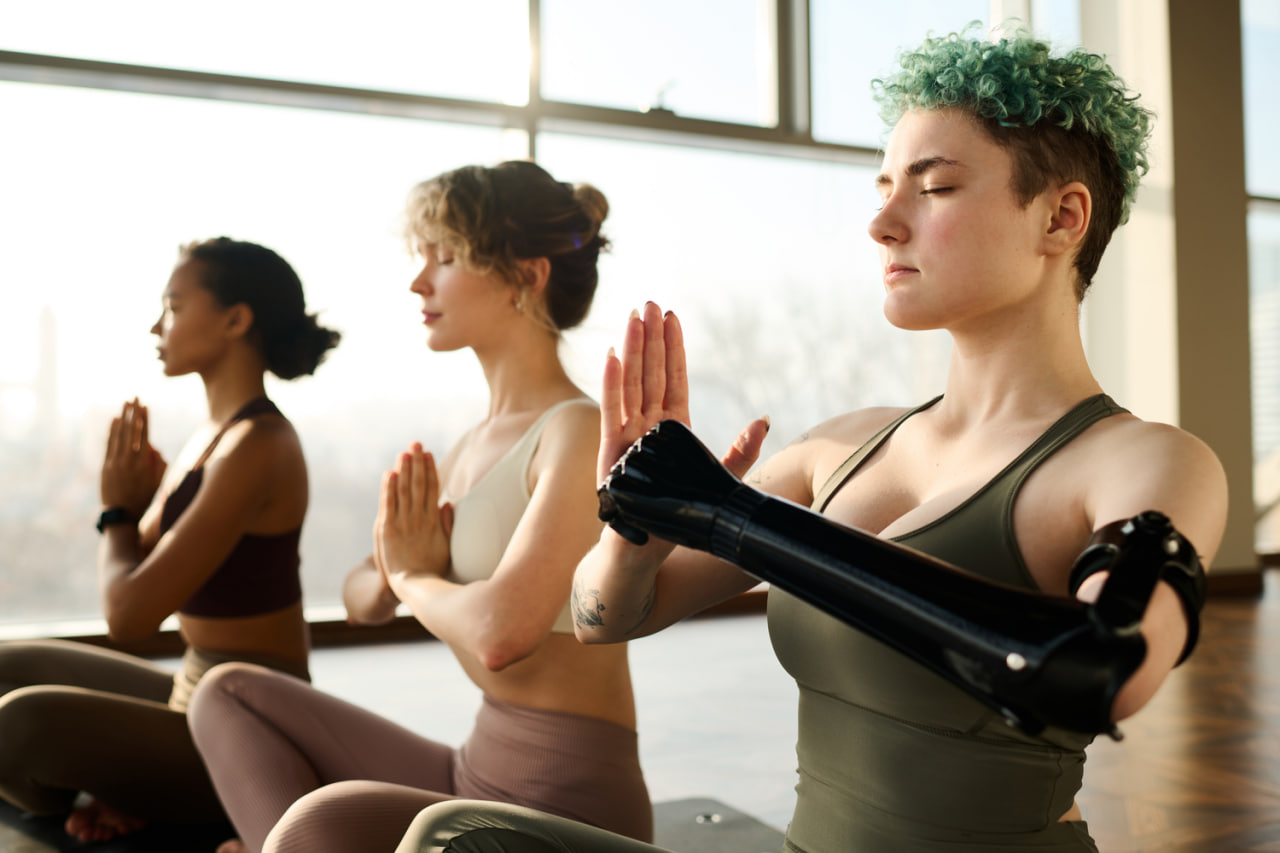Enhancing Flexibility and Strength Through Yoga

Understanding the Benefits of Yoga for Flexibility and Strength
Yoga is a holistic practice that simultaneously improves flexibility, strength, balance, and mental focus. By incorporating a combination of stretches, poses, and controlled movements, yoga gradually lengthens muscles, increases joint mobility, and builds overall body strength. Unlike high-impact exercises, yoga works with the body’s natural movements, reducing the risk of injury while promoting sustainable progress.
Flexibility and strength complement each other in yoga practice. Increased flexibility allows for a greater range of motion, enabling more advanced poses, while strength provides stability and support for the muscles and joints. Developing both together creates a balanced, resilient body capable of handling daily activities and physical challenges.
Poses That Promote Flexibility
Certain poses are particularly effective at improving flexibility. Forward bends, such as Seated Forward Fold and Standing Forward Fold, stretch the hamstrings, calves, and spine, increasing mobility over time. Hip-opening poses like Pigeon Pose, Butterfly Pose, and Low Lunge release tension in the hips, improving overall lower body flexibility.
Backbends such as Cobra Pose, Bridge Pose, and Wheel Pose enhance spinal flexibility and strengthen the muscles surrounding the back. Gentle twists, including Supine Spinal Twist and Revolved Triangle Pose, increase flexibility in the spine and torso while aiding digestion and circulation. Practicing these poses regularly ensures gradual and safe improvements in flexibility.
Strength-Building Yoga Poses
Building strength through yoga relies on poses that engage multiple muscle groups. Plank Pose and Side Plank strengthen the core, arms, shoulders, and back while improving stability. Warrior Poses challenge the legs, glutes, and core, enhancing endurance and balance.
Chair Pose targets the quadriceps, glutes, and lower back while promoting proper alignment. Boat Pose develops abdominal and hip flexor strength, supporting posture and spinal alignment. Inversions, such as Downward-Facing Dog or Supported Shoulder Stand, strengthen the upper body while enhancing circulation and body awareness.
Flow Sequences to Enhance Strength and Flexibility
Combining poses into flowing sequences maximizes the benefits of yoga. Sun Salutations, for example, incorporate forward folds, backbends, lunges, and balancing poses to create a dynamic routine that strengthens muscles while stretching key areas of the body.
Vinyasa flows, performed with synchronized breath and movement, increase muscular endurance and flexibility simultaneously. Holding poses for longer periods also builds strength in stabilizing muscles, while transitioning between postures improves coordination and fluidity of movement.
Breathwork and Mindful Engagement
Breath is integral to building strength and flexibility in yoga. Deep, controlled breathing enhances oxygen flow to muscles, supports endurance, and encourages relaxation during stretching. Coordinating breath with movement improves control, focus, and efficiency, allowing practitioners to move safely into deeper stretches and hold poses longer.
Mindful engagement of muscles during poses prevents overextension and ensures correct alignment. Actively contracting and relaxing muscles while maintaining awareness enhances both strength and flexibility without causing strain or injury.
Modifications and Props for Support
Props and modifications are valuable tools for enhancing flexibility and strength safely. Blocks, straps, and bolsters can assist with alignment, provide support in challenging poses, and allow beginners to access stretches without overstraining.
Modifying poses to suit individual flexibility levels ensures progress while preventing discomfort or injury. Over time, as strength and flexibility increase, reliance on props can decrease, allowing for more advanced variations and deeper engagement.
Establishing a Consistent Practice
Consistency is essential for long-term improvements in flexibility and strength. Practicing yoga several times a week, even for short sessions, promotes gradual progress and reinforces proper alignment and muscle engagement.
Tracking improvements, such as increased range of motion, stronger core stability, or longer hold times in poses, encourages motivation and continued practice. A structured routine that balances stretching, strengthening, and breathwork ensures steady development and minimizes the risk of setbacks.
Integrating Mindfulness and Recovery
Enhancing flexibility and strength through yoga is not only physical but also mental. Mindfulness during practice encourages body awareness, reduces tension, and helps identify areas needing additional attention. Recovery practices, such as gentle stretches, meditation, and relaxation poses, support muscle repair, reduce soreness, and prevent overuse injuries.
